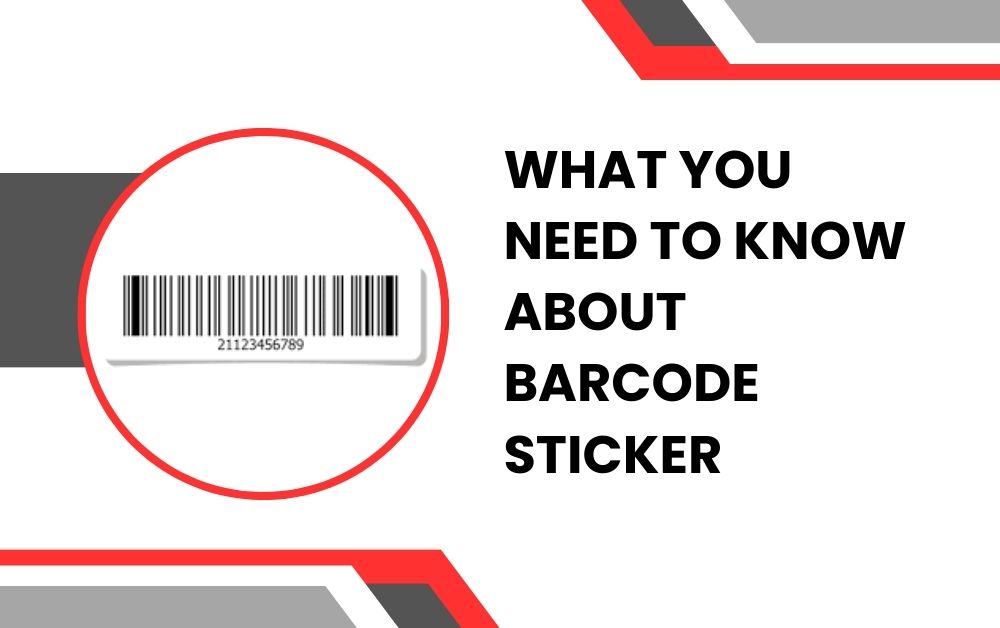Barcodes have become an integral part of modern business operations, facilitating efficient inventory management, sales tracking, and product identification. Barcode stickers, in particular, play a crucial role in this process by encoding important product information into a scannable format. In this guide, we’ll explore everything you need to know about Barcode Sticker, from their basic components to their various applications and benefits.
1. Understanding Barcode Stickers
Barcode stickers, also known as barcode labels or tags, are adhesive labels printed with machine-readable barcodes. These barcodes typically consist of vertical lines of varying widths, which encode alphanumeric data in a format readable by barcode scanners. The primary components of a barcode sticker include:
Barcode Symbol: The graphical representation of the encoded data, typically consisting of parallel lines or squares arranged in a specific pattern.
Human-Readable Text: Beneath the barcode symbol, human-readable text provides a clear representation of the encoded data, making it easier for users to identify and verify the information.
Adhesive Backing: Barcode stickers are equipped with an adhesive backing that allows them to be affixed to various surfaces, including product packaging, inventory shelves, and shipping containers.
2. Types of Barcode Stickers
Barcode stickers come in a variety of formats and designs, each suited to different applications and environments. Some common types of barcode stickers include:
1D Barcodes: Also known as linear barcodes, 1D barcodes consist of parallel lines of varying widths and spacings. These barcodes are commonly used for product identification, inventory tracking, and point-of-sale transactions.
2D Barcodes: Two-dimensional barcodes, such as QR codes and Data Matrix codes, encode data in both horizontal and vertical dimensions, allowing them to store larger amounts of information in a smaller space. 2D barcodes are often used for mobile marketing, ticketing, and asset tracking.
Serialized Barcodes: Serialized barcodes include unique serial numbers or identifiers for individual products or items. These barcodes enable precise tracking and tracing of products throughout the supply chain, enhancing inventory management and security.

3. Benefits of Barcode Stickers
Barcode stickers offer several key benefits for businesses and organizations:
Efficiency: Barcode stickers streamline data entry and retrieval processes, reducing manual errors and increasing operational efficiency.
Accuracy: By automating data capture and processing, barcode stickers help ensure the accuracy of inventory records, sales transactions, and product information.
Versatility: Barcode stickers can be customized to suit a wide range of applications and environments, making them suitable for use in retail, logistics, healthcare, manufacturing, and more.
Cost-Effectiveness: Compared to alternative methods of data capture and identification, barcode stickers are a cost-effective solution that requires minimal investment in equipment and infrastructure.
Conclusion
Barcode stickers are a simple yet powerful tool for encoding, organizing, and managing data in various business settings. Whether used for product labeling, inventory tracking, or asset management, barcode stickers offer unparalleled efficiency, accuracy, and versatility. By understanding the basic components, types, and benefits of barcode stickers, businesses can leverage this technology to streamline operations, improve productivity, and enhance overall performance.
Note:-For further articles visit on businessposting.

